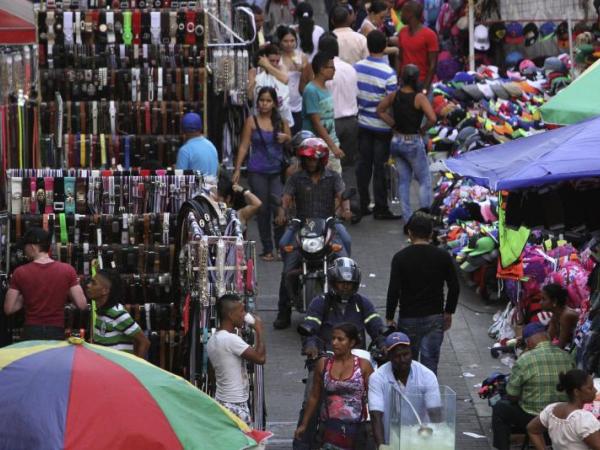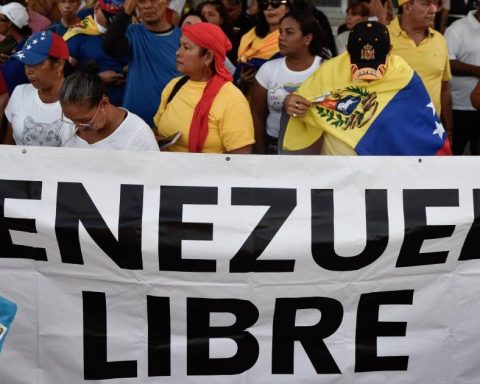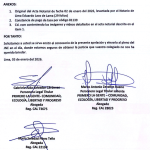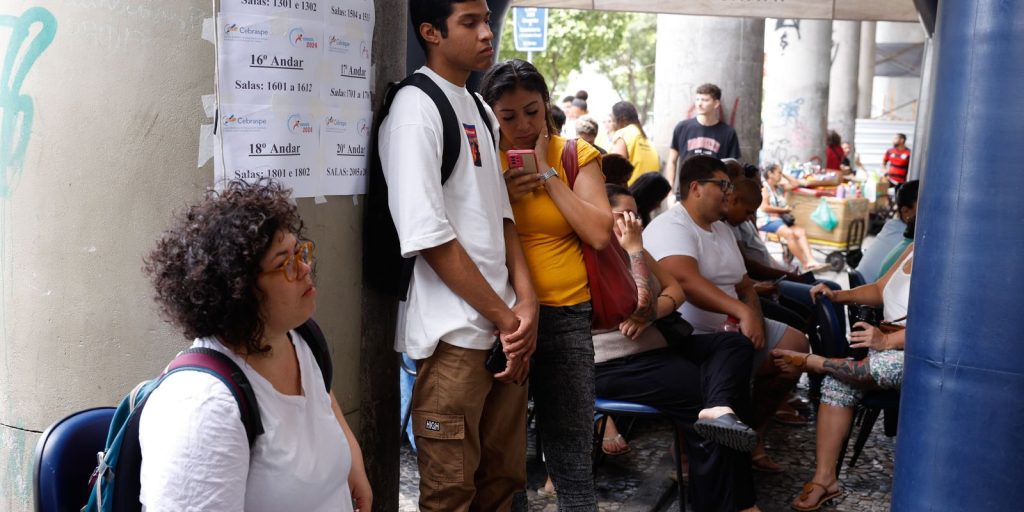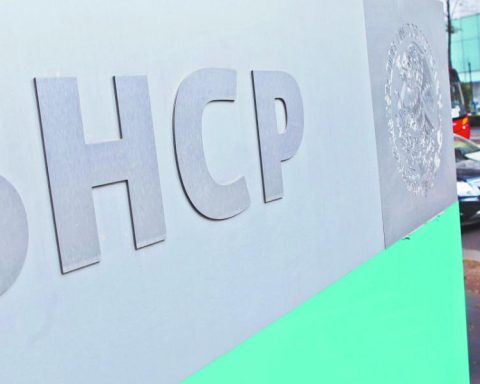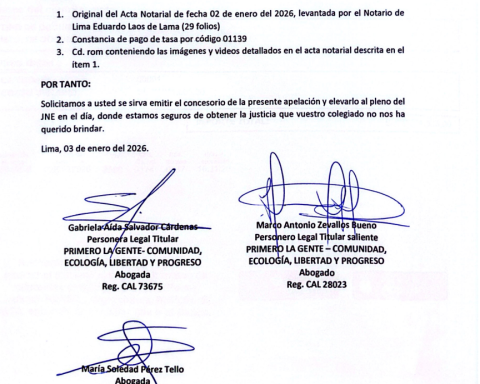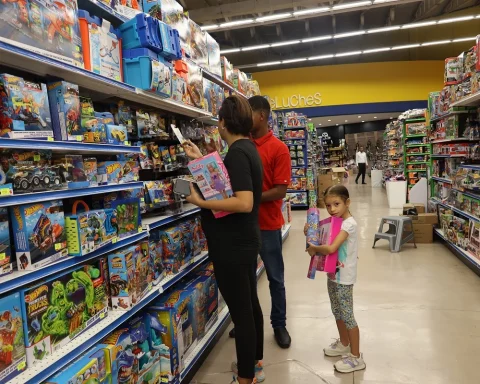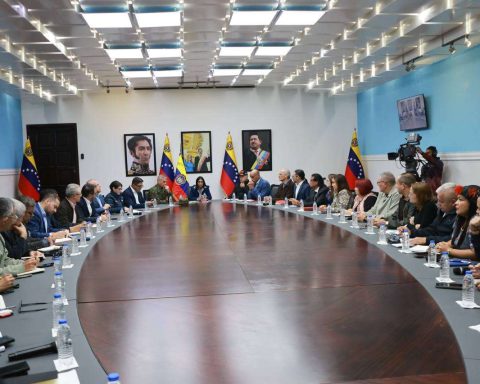A recent report from the International Labor Organization (ILO) highlights the alarming labor situation in Latin America, where labor informality has become a significant obstacle to social and economic development. In countries like Peru and Colombia, the informality rate is the highest in the region, affecting nearly half of the workers and most of the economic units.
(Read: The seven agreements that unblocked the path to reform of the transfer system)
Despite this gloomy outlook, Not all Latin American countries face the same reality. Chile and Uruguay, for example, have managed to maintain informality rates below 30%, which contrasts with the situation of their neighbors. This imbalance highlights the need for effective policies adapted to local realities to address this phenomenon.
(Read: Government and private sector launch biodiversity bond for US$50 million)
According to the International Monetary Fund (IMF), For Colombia to achieve sustainable growth and recover from the drop in oil prices in 2014, it is crucial to reduce informality and improve its infrastructure. “Colombia’s prospects are favorable,” the report notes, but warns that diversifying the economy and closing the infrastructure gap are essential for development. Besides, According to the ILO, the country must focus on reducing the country’s informal work figures.
The COVID-19 pandemic, although initially causing a contraction in informal employment, also revealed the vulnerability of this sector. After the crisis, many of those lost jobs returned, but informally, perpetuating the trap of informality.
Informality.
Esneyder Gutiérrez / EL TIEMPO Archive
The concept of the “informality trap” refers to the structural difficulties faced by millions of workers, particularly women, youth and ethnic groups. The high heterogeneity of informal employment, which includes everything from self-employment to unregulated jobs, further complicates the formulation of effective policies.
(Read: In the middle of COP16, indigenous people unite and create the G9 to protect biodiversity)
To address this challenge, the ILO proposes a regional formalization strategy called FORLAC 2.0, which seeks to promote the transition to the formal economy through a portfolio of services and technical cooperation. This initiative aims to significantly reduce informality in the region between 2024 and 2030.
(Read: Rumba company in Bogotá would be used as a facade for El tren de Aragua)
As established by the ILO, To achieve sustainable growth and reduce informality, it is imperative that countries implement productive development, education and formalization policies.
The countries with the highest informality index
1
Peru has an informality index of 70.

iStock
2
Colombia has an informality index of 57.9.

iStock
3
Ecuador has an informality index of 55.

iStock
4
Mexico has an informality index of 54.8.

iStock
5
Panama has an informality index of 48.2.

EFE
PORTFOLIO
